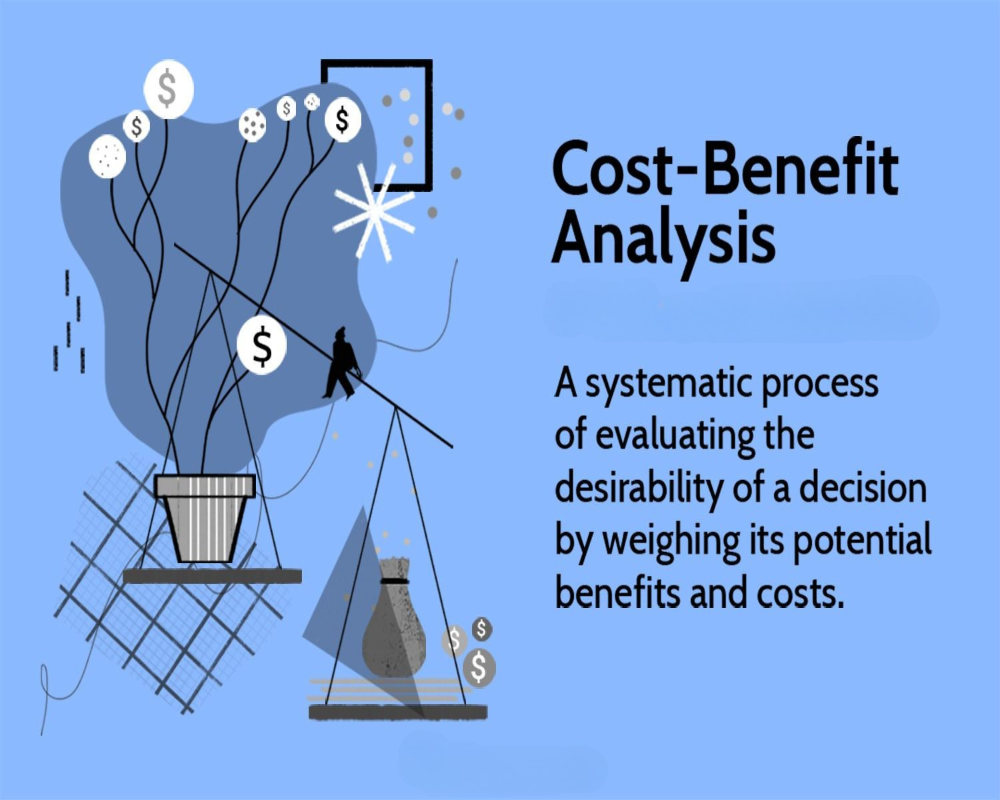Introduction
Cost-Benefit Analysis (CBA) is a structured approach used to evaluate the economic feasibility and overall value of developing an industrial site. It involves comparing the total expected costs of a project against its anticipated benefits to determine whether the investment is justified. In industrial development—where projects often require significant capital expenditure, long lead times, and complex logistics—a well-conducted cost-benefit analysis serves as a critical decision-making tool. It helps planners, investors, and policymakers identify the most efficient use of resources, minimize financial risk, and ensure that the project delivers both economic and social value.
Understanding the Framework of Cost-Benefit Analysis
The core principle of CBA is to monetize all identifiable costs and benefits, whether direct or indirect, tangible or intangible, over the project’s lifespan. The final outcome is usually presented in terms of a Benefit-Cost Ratio (BCR), Net Present Value (NPV), or Internal Rate of Return (IRR), allowing stakeholders to objectively determine if the proposed industrial site development is worthwhile.
In the context of industrial site evaluation, this process involves analyzing a wide range of variables including land acquisition, infrastructure, environmental impact, employment generation, tax revenue, and regional economic development. The objective is to not only determine profitability but also to evaluate broader consequences such as ecological sustainability, social displacement, and long-term utility.
Cost Assessment in Industrial Site Analysis
The cost component of CBA includes all capital and operating expenditures associated with setting up and maintaining the industrial facility. Key cost elements typically include:
- Land acquisition costs, which may vary significantly depending on location, zoning status, and legal constraints.
- Site preparation expenses, including grading, leveling, and soil treatment.
- Infrastructure development, such as roads, power supply, water connections, waste management systems, and telecommunications.
- Construction and installation of industrial units, including buildings, machinery, and safety systems.
- Regulatory and compliance costs, which encompass environmental clearances, permits, and licenses.
- Ongoing operational costs, including utilities, labor, maintenance, and security.
In addition to these direct costs, indirect costs must also be considered. These may include potential environmental degradation, increased traffic congestion, displacement of local populations, or loss of agricultural land. Assigning monetary values to such externalities can be challenging, but it is crucial for a balanced assessment.
Benefit Assessment in Industrial Site Analysis
On the benefit side, CBA focuses on both financial returns and societal advantages. Financial benefits include revenues generated from industrial activities, such as product sales, service charges, or lease rentals if the site is developed as an industrial park. Enhanced land value over time and residual value at the end of the project’s life are also important considerations.
Beyond direct financial gains, there are significant economic and social benefits that an industrial site can bring. These may include:
- Employment creation, both during the construction phase and in ongoing industrial operations.
- Local economic development, such as increased demand for goods and services, boosting ancillary businesses.
- Improved infrastructure and connectivity, which benefits the broader region.
- Increased tax revenue, benefiting local and national governments.
- Technology transfer and skill development, especially in developing regions.
Environmental and social benefits may also emerge if the project includes sustainability features, such as renewable energy use, pollution control systems, or inclusive hiring practices.
Discounting and Net Present Value
Since industrial projects typically span many years, it is essential to account for the time value of money. Future costs and benefits are discounted to their present value using a suitable discount rate, which reflects the opportunity cost of capital and project risk. The result is the Net Present Value (NPV), which indicates the net gain or loss of the project in today’s terms. A positive NPV means that the benefits outweigh the costs, justifying the investment.
Sensitivity and Risk Analysis
To strengthen the credibility of the CBA, sensitivity analysis is conducted to understand how variations in key assumptions—such as construction delays, cost overruns, changes in demand, or policy shifts—affect the results. This helps identify critical risk factors and assess the project’s robustness under different scenarios.
Additionally, risk-adjusted models can be applied to account for uncertainties in cost estimation, regulatory approvals, or market behavior. These tools ensure that the decision to proceed with an industrial site is based on realistic, risk-conscious projections.
Limitations of Cost-Benefit Analysis
While CBA is a powerful tool, it has limitations. Not all costs and benefits can be accurately quantified, especially intangible or long-term environmental and social impacts. There may also be biases in selecting which costs and benefits to include, or in assigning monetary values to non-economic outcomes. Despite these challenges, a transparent and methodical approach to CBA remains essential for responsible industrial planning.
Conclusion
Cost-benefit analysis is an indispensable technique for evaluating the feasibility of industrial site development. By systematically assessing all associated costs and weighing them against the projected benefits, CBA enables stakeholders to make informed, evidence-based decisions. It promotes the efficient allocation of resources, ensures accountability, and helps balance profitability with environmental and social responsibility. In a world where industrial growth must coexist with sustainability and community welfare, cost-benefit analysis serves as both a financial filter and a strategic compass for long-term success.
Hashtags
#CostBenefitAnalysis #IndustrialSites #EconomicEvaluation #SiteSelection #InvestmentAnalysis #BusinessStrategy #OperationalEfficiency #FinancialPlanning #RiskAssessment #Sustainability #IndustrialDevelopment #ProjectManagement #ResourceAllocation #Profitability #DecisionMaking #CostEffectiveness #InfrastructureInvestment #MarketAnalysis #StrategicPlanning #EconomicImpact


